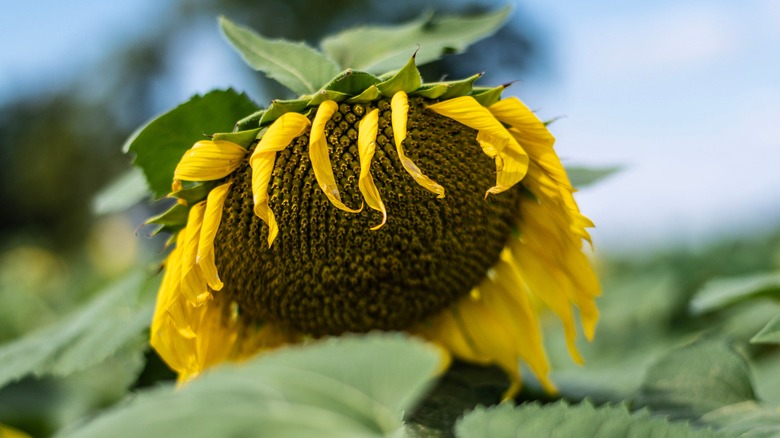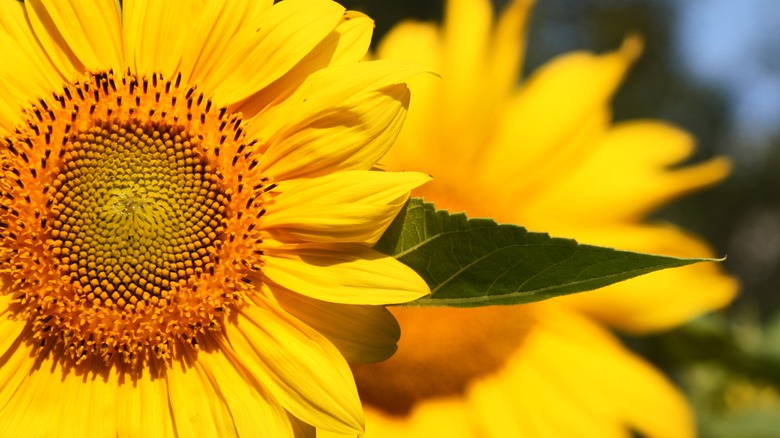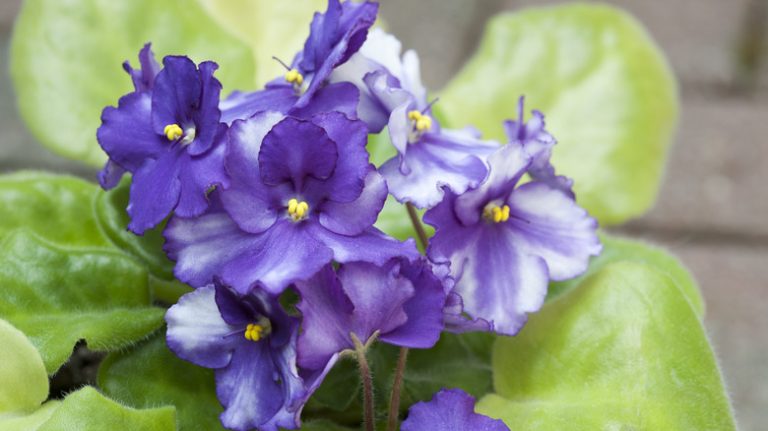Sunflowers, a flower that has stood the test of time, fascinating to many all around the world. Originally cultivated in North America around 3000 BCE, these resilient flowers have earned their place in everybody’s garden. Their unique combination of adaptability, utility, and a strong aesthetic make them a tough rival to all other famed flowers.
Fortunately, growing sunflowers is relatively straightforward due to their notable drought and heat tolerance, and their inherent resistance to pests, making them exceptionally easy flowers to care for. They really are quite the candidate for your garden, and if you like the idea of prolonging their vibrant display well into the autumn season, you must deadhead them.
Contrary to its ominous title, deadheading simply refers to the act of removing wilted blossoms from plants. For sunflowers, deadheading serves two main purposes: it helps encourage the growth of new blooms, which extends the blooming period, and it helps the overall appearance of your garden by removing the dying flowers.
There are a few rules to keep in mind when deadheading your sunflowers, and timing is everything. For the most part, you want to start to deadhead sunflowers once they begin to lose their color and life prior to any seed production (especially if the flower looks damaged). Just start inspecting your sunflowers and get ready to deadhead once the petals wilt, fall off, or the head starts to droop. This signifies that the blooming period has ended.
The art of deadheading

When it’s time to make some cuts to your sunflowers, you will need equipment like a basket for the snipped heads, pruning shears, and gardening gloves to protect your hands. It is important to make sure your pruners or garden shears are sharp for a clean cut, as well as sanitized to prevent the spreading of disease among plants.
To begin deadheading, you want locate the sunflowers that are droopy or dried and examine their stems. Note that if the flower has more than one stem, you can identify a new lateral flower or stem by examining the stem beneath a withered bloom. Now, you want to find the first set of leaves, pinch the stem at its base, and make a diagonal cut below the flower and half an inch above the healthy leaves. The same goes for any dead leaves you see. By removing those, your plant can focus all of its energy on the next blooming flower.
At this point, you should be left with a cut stem pointing up and a bit of a mess to clean up. Take any and all flower heads or foliage that have fallen and put them in your basket, this will reduce any chance of fungal infections, improve air circulation, and honestly, just make your garden look tidier. That’s it: deadheading complete. All you have to do now is wait for more beautiful blooms!
How to care for your flowers after you deadhead

In order to enjoy your sunflowers’ extended blooming season, you may have to do this more than once depending on the sunflower you have and the conditions of your garden. Regardless, deadheading doesn’t require much effort, only care, and the reward is beautiful and vibrant.
But be cognizant after the deadheading process; it’s essential to continue caring for your sunflowers to promote robust growth and more blooms. As mentioned earlier, sunflowers are drought resistant, but they thrive best with regular watering. Try to avoid watering the flowers directly and instead water at the base of the plant to prevent fungal diseases.
Sunflowers also love sunlight, but how much? Six hours of direct sunlight per day are recommended. Also, try to use a balanced all-purpose fertilizer to keep the soil rich for sunflower growth, and be sure to mulch. This will help reduce soil moisture and make your sunflowers even more happy.
There you have it. Deadheading is not merely a gardening chore. It’s a strategic maneuver that optimizes your sunflowers’ biological processes. When you remove wilted blooms, the plant redirects its energy toward growth and the production of new flowers. It’s pretty straightforward, although a crucial task for any green thumb. It goes without question; this simple practice ensures that your garden is always blooming with vibrant, cheery sunflowers. So, grab those shears and let your sunflowers shine!



